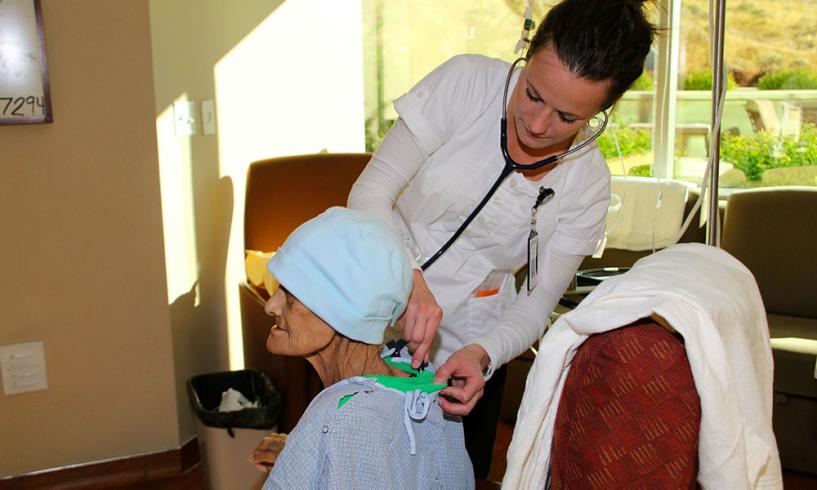Researchers have found no significant difference in five-year locoregional recurrence or survival in women with T1/2N0M0 breast cancer who received sentinel node dissection and axillary lymph node dissection compared to sentinel node dissection only.
The study results were presented at the 2016 American Society of Clinical Oncology annual meeting.
The researchers randomly assigned 891 patients with positive sentinel nodes, after breast-conserving surgery and sentinel node dissection, to either axillary lymph node dissection or no further surgery, both followed by whole-breast radiation and systemic adjuvant treatment. Of the 420 patients who received axillary lymph node dissection, 106 (27.4%) had additional positive nodes removed beyond the sentinel node and 10% of patients with sentinel node micrometastases had macrometastases removed with axillary lymph node dissection.
Among all the patients after 10 years of follow-up, 4.7% had a local recurrence and 1% had a regional recurrence. Both groups had similar overall results for locoregional recurrence (6.2% for axillary and 5.3% for sentinel), nodal recurrence (0.5% and 1.5%), disease-free survival (78.2% and 80.2%), and overall survival (83.6% and 86.3%). Most locoregional recurrences were seen in the first five years.
The researchers reported that hormone receptor status, Bloom-Richardson score, and tumor size were associated with locoregional recurrence, and age, estrogen receptor status, tumor size, and adjuvant systemic therapy were associated with 10-year overall survival. Neither recurrence or survival was associated with type of dissection.
The researchers concluded that routine use of axillary lymph node dissection should be abandoned.






